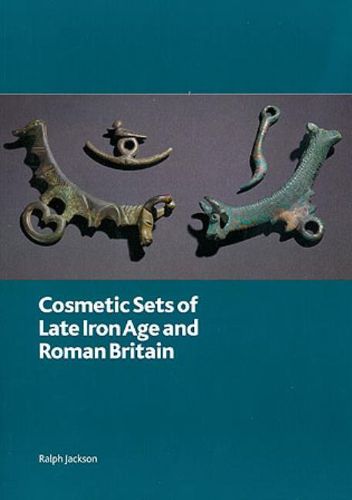Readings Newsletter
Become a Readings Member to make your shopping experience even easier.
Sign in or sign up for free!
You’re not far away from qualifying for FREE standard shipping within Australia
You’ve qualified for FREE standard shipping within Australia
The cart is loading…






Cosmetic sets are small two-piece bronze toilet implements for the preparation of mineral powders, probably colourings for the eyelids and face. Found almost exclusively in Britain, they range in date from the Late Iron Age to the 4th century. An association with fertility is indicated by the crescent shape, by overtly phallic imagery and by the twinning of male and female animal heads.
Ralph Jackson’s research led to proper recognition of the type, and subsequently the British Museum has built up the largest single collection (160 examples). This catalogue includes not only the British Museum examples but also those in other museums and private collections throughout Britain. It focuses on typology and function but also considers manufacture, including the results of scientific analysis, followed by full discussions of decoration, context, distribution and dating.
$9.00 standard shipping within Australia
FREE standard shipping within Australia for orders over $100.00
Express & International shipping calculated at checkout
Cosmetic sets are small two-piece bronze toilet implements for the preparation of mineral powders, probably colourings for the eyelids and face. Found almost exclusively in Britain, they range in date from the Late Iron Age to the 4th century. An association with fertility is indicated by the crescent shape, by overtly phallic imagery and by the twinning of male and female animal heads.
Ralph Jackson’s research led to proper recognition of the type, and subsequently the British Museum has built up the largest single collection (160 examples). This catalogue includes not only the British Museum examples but also those in other museums and private collections throughout Britain. It focuses on typology and function but also considers manufacture, including the results of scientific analysis, followed by full discussions of decoration, context, distribution and dating.